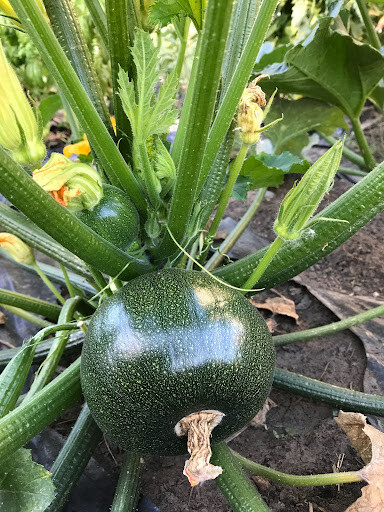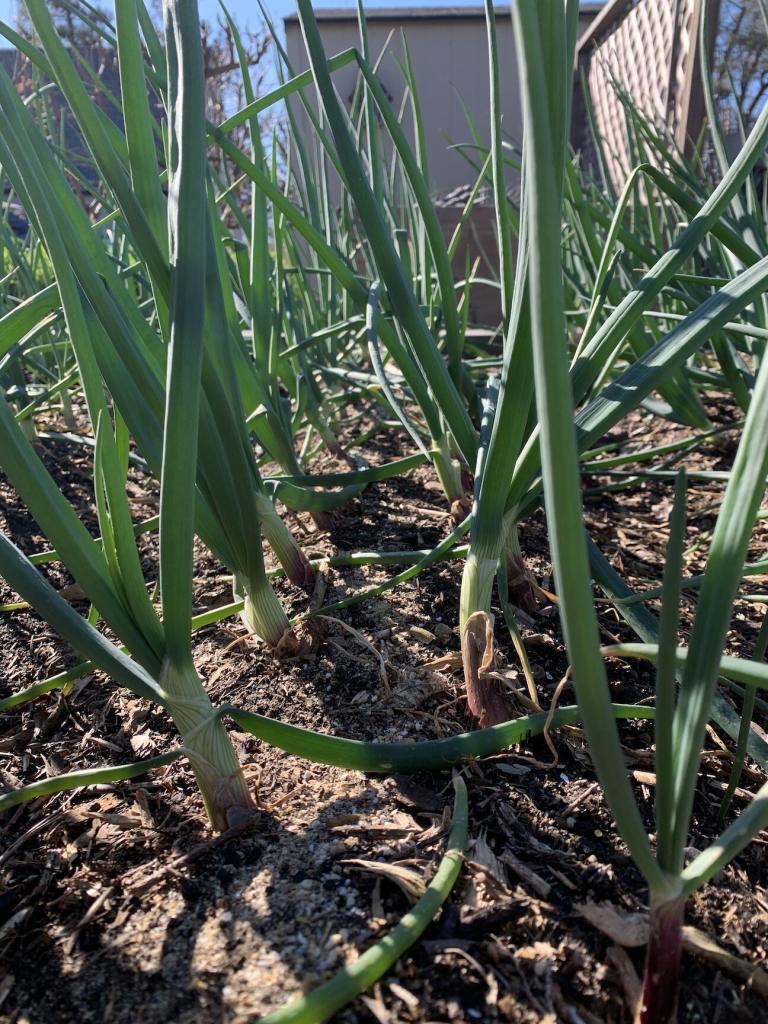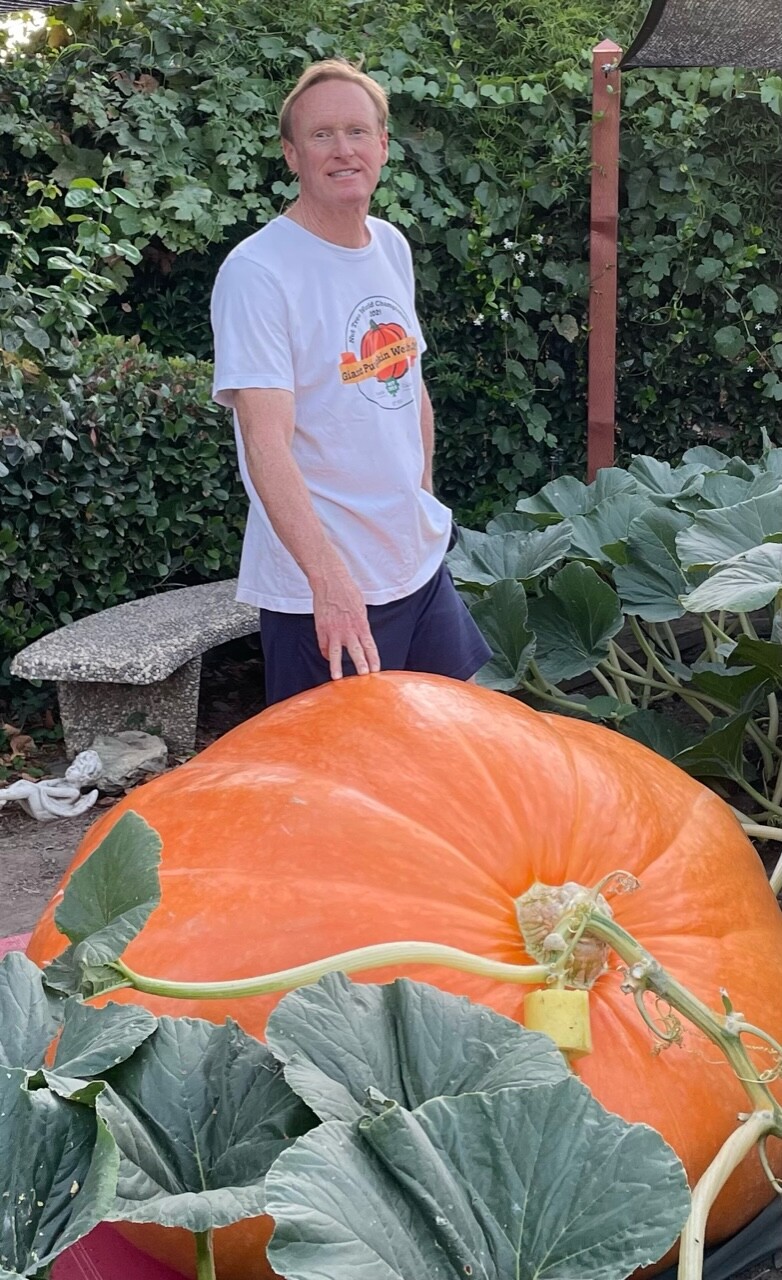
Ten Reasons Why it is Good to Grow Your own Food
Read below for my ten reasons why it is good to grow your own food. There are probably more. Maybe 20 or 30 reasons, but these are my top ten. Are there more than ten reasons to not grow your own food? Maybe. But we are going to be positive!
Getting Outside is Good for You
The first reason to grow your own food is to get outside. Gardening is a wonderful way to get outdoors and experience nature from the safety of your backyard. You can experience the song of birds at sunrise, the sound of the breeze through the trees, and the smell of soil. Planting, watering, digging, pruning, and weeding in the elements is therapy for the soul. It is no surprise that research continues to find negative consequences of spending less time in nature.
The effects of reduced time in nature are termed nature deficit disorder, and it is a real problem. It is found to be related to obesity, high blood pressure, high cholesterol, and diabetes. This issue continues to trend upward as society spends less time outside and more time on the couch. Obesity is especially a concerning trend in children. The more children spend indoors and the time in outdoor play, the more unhealthy they can become. There are also correlations between time outdoors and mental ailments, including autism and depression, and social and behavioral difficulties. All is not lost. Studies have shown that the nature deficit can be overcome with consistent increases in time in nature. Gardening is thought to be an effective way to spend time in nature.
Gardening is Exercise and Saves Money
Gardening is actually a good form of exercise. It may not seem this way, but it really is. What about turning the soil in the garden patch, using a pick to dig out a tree stump, pruning bushes, or trimming your fruit trees? These are all activities that get you off the couch and into the sunshine. They help tone your muscles and improve your mobility. There is no doubt that heavy yard work will raise your heart rate. Try digging a hole in clay soil. As a former weightlifter, I used to spend hours lifting heavy things in the gym. In the yard, I lift things, swing things, and perform a variety of activities that not only help exercise my muscles but also produce results. It could be because I am getting older, but I am often sore the next day from heavy yard work.
Gardening can save you money. Retail prices for produce are increasing rapidly. The days of 10-cent lettuce heads are gone. For example, yellow onions are now more than $1 a pound on the West Coast in many stores. In some cases, they are nearly $2 per pound! It costs approximately two cents per onion transplant. Water costs a little bit, and fertilizer, if you wish to add that. That is a pretty handsome profit for one onion, approximately one pound (ca. 0.5 kilograms) in size. In addition, you don’t have to pay for gas to pick up your onions at the store. Tomato and pepper plants may cost slightly more upfront; however, one plant can produce many fruits. What about a peach tree that produces 150 pounds (ca. 68 kg) of peaches? It may take some labor to prune your trees and spray them, but you would definitely make a profit.
Other Reasons to Grow Your Own
We all know that growing your own food results in better-tasting food. The tomato is a classic example. A tomato fresh-picked from the plant, still warm from the sun, is just heaven. I have never purchased a tomato in a store that comes even close to one grown in the garden. Even tomatoes sold as organic or on the vine in the grocery store don’t compare.
Another notable example is the peach. For transport to storage, peaches are often harvested when they are not ripe. Peaches that aren’t ripe lack flavor. In the store, they are typically stone-hard as a rock or overripened and mealy. When you grow peaches yourself, you can make sure you pick them at the peak of their ripeness. Also, you don’t have to stress about damaging them during transport to your back door. I don’t even purchase peaches from the store anymore.
Of course, the food that you’ve grown in your yard is fresh. They have not been stored or transported, adding to the time in the supply chain. You can leave them on the plant until they are at the exact desired ripeness of your desire. If they are overripe, well, that is just your fault. But often, you can try your fruits or vegetables when you think they’re ready. If they’re not ready, just leave them on the plant longer. It’s that easy. One of my favorite things to do is just walk out into the backyard and grab something to eat.
Fruits and vegetables have their own natural beauty. Sure, they don’t look like an elegant Japanese maple tree or sophisticated landscaping, but they can definitely compete with ornamental plants. A peach or plum tree just before leaf fall is spectacular. The bright oranges and yellows are just amazing. The blossoms of many fruit trees are equally delightful for the eyes. You can use fruit trees around the yard as accent plants, edging for lawns, or border plants. Vegetables exhibit a unique structure that contrasts with traditional landscaping. Onions and garlic, broccoli, and cauliflower all have their own unique shade of green and shape, adding to the variety of the landscape. As the saying goes, “variety is the spice of life.” The spice of life is variety, and variety makes your backyard look luxurious and pleasing.
Another really compelling reason to grow your own food is that you are aware of exactly what you put in it. You know if it is organic or not. If it was not organic, you are aware of exactly what was used to control the pests. You know you didn’t overspray or overapply chemicals. While I always strive to be as organic as possible, sometimes there is a need to use chemicals. In these cases, I apply them strictly to label instructions. Of course, there are certain things I will never spray near my food, such as weed killers or other chemicals that can get into the soil and into the food that you’re eating.
Think about how much gas you are saving when you grow yourself. Much of our produce is shipped long distances, from field, to distribution center, then to our grocery stores, costing valuable fuel in the process. Fuel and transportation contribute to climate change and road congestion. Walking into the backyard, grabbing that food, walking back into the house, and eating offers significant benefits to the environment.

Growing your own in your backyard is like having a classroom at your house. It provides fantastic opportunities to educate others about our food supply. In addition, visitors to your house will get tours of your food-growing operation. I particularly like giving tours to children who are amazed at what an onion plant looks like. This investment in the younger generation can help them save the environment.
Gardening is easier than one thinks and involves a lot of trial and error. The experts didn’t just immediately start growing food successfully. They failed, adjusted, and then tried again. Don’t be discouraged by your failures. Learn from them and try again. Chances are that you have a patch of ground somewhere in the backyard of your house ready for some experimentation. It isn’t an expensive hobby, and it is easy to experiment. Go ahead and give it a try.
To learn more of the benefits of growing your own, check out my new book, Backyard Big: Growing Food in Your Backyard for information. In my book, Backyard Big: Growing Atlantic Giant Pumpkins in Your Backyard, I share a number of failures and later successes related to giant pumpkin growing. Be sure to check out my blog for types of growing.
